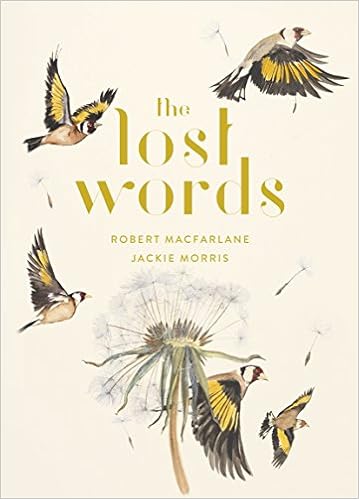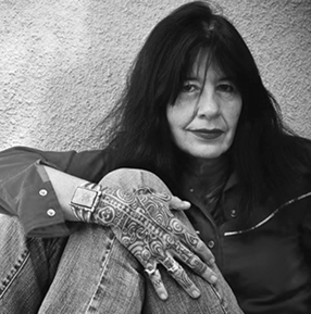MAKERSPACE FUN
by Liz Lunney
Andrews McMeel Publishing, June 2019
I can't tell you how badly my ten year-old self wants to get out the scissors and start building this theme park! Hopefully, I'll have some detail-oriented students who want to work on this during Genius Hour this year! I'll pair it with This is My Dollhouse by Giselle Potter.
#OWNVOICES
by Kat Zhang
illustrated by Charlene Chua
Aladdin (October 1, 2019)
Even though Amy Wu can do lots of things, making the perfect bao eludes her. Amy and her parents and grandmother are making bao together. Amy's dad preps the dough, while Amy's mom makes the filling. As they work making the bao, the adults always create perfect bao and give Amy advice that doesn't work. Just when all seems lost, Amy realizes that she has been using an adult-sized ball of dough in her kid-sized hands. Once she has a smaller amount of dough to work with, she, too, creates perfect bao -- enough to share with her classmates. There's a recipe included so you can make them, too!
YOU WILL WANT TO READ THIS
by Kate DiCamillo
Candlewick, September 24, 2019
Now I need to go back and read Raymie Nightingale and Louisiana's Way Home. But I'm pretty sure Beverly will still be my favorite. She and Iola and Elmer and Doris and Charles (and Nod, and the seagull at the back door of the restaurant) have found their way into my heart. Oh, Beverly. How much do I love that you saw into Elmer's heart and cared about what was there and not what you could see on the outside?
This book is so full of all the hard parts about life -- age, loss, death, the amount of crap in convenience stores -- but it is also full of all that makes life meaningful -- art, music, poetry, friendship, believing in and finding the goodness in others.
Now I need to go back and read Raymie Nightingale and Louisiana's Way Home. But I'm pretty sure Beverly will still be my favorite. She and Iola and Elmer and Doris and Charles (and Nod, and the seagull at the back door of the restaurant) have found their way into my heart. Oh, Beverly. How much do I love that you saw into Elmer's heart and cared about what was there and not what you could see on the outside?
This book is so full of all the hard parts about life -- age, loss, death, the amount of crap in convenience stores -- but it is also full of all that makes life meaningful -- art, music, poetry, friendship, believing in and finding the goodness in others.
























